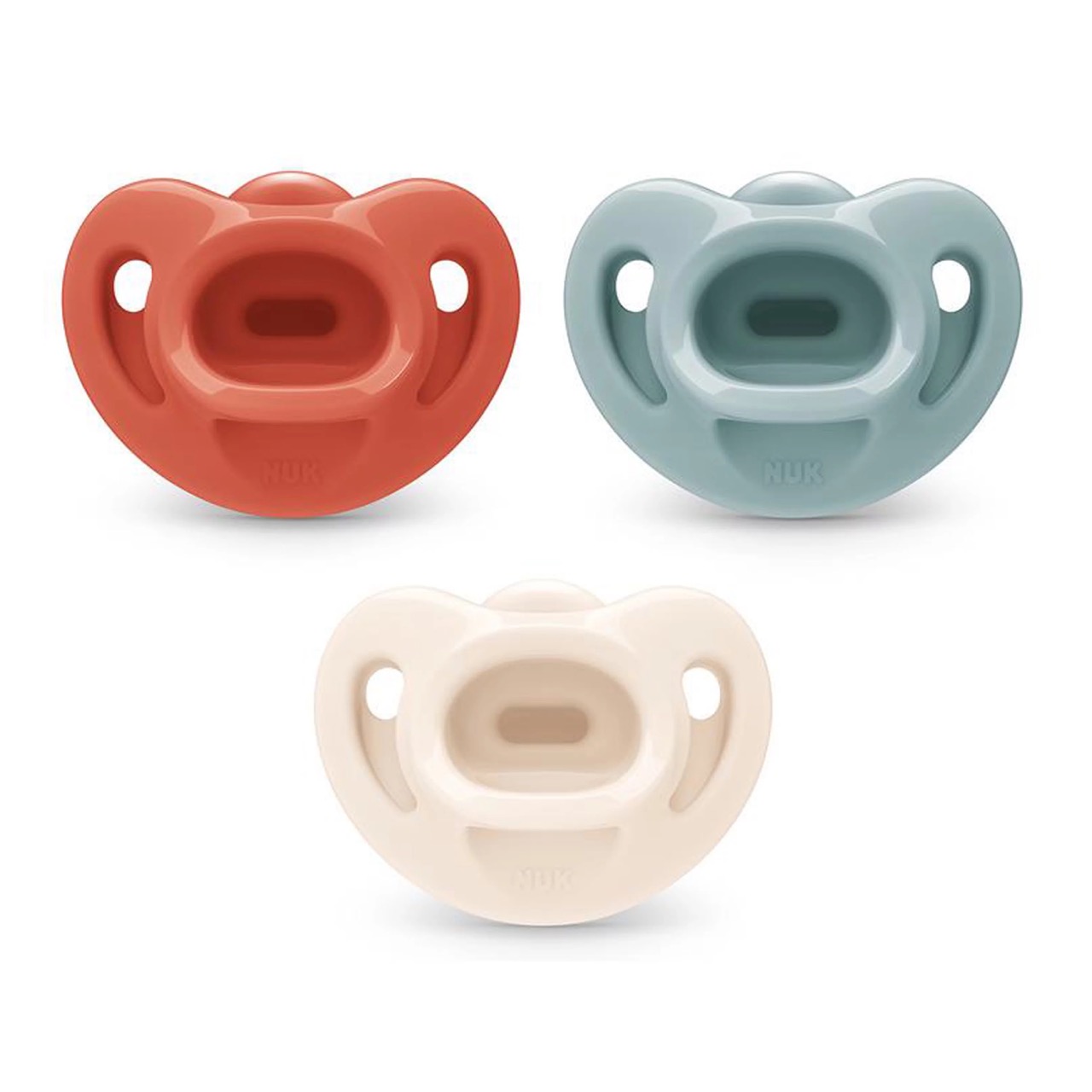

Articles
How To Store Pacifiers At Home
Modified: January 7, 2024
Discover effective ways to store pacifiers at home with our informative articles. Keep your pacifiers clean and organized for easy access!
(Many of the links in this article redirect to a specific reviewed product. Your purchase of these products through affiliate links helps to generate commission for Storables.com, at no extra cost. Learn more)
Introduction
Welcome to the world of parenthood! As a new parent or even an experienced one, you know the importance of having a pacifier on hand to soothe your baby. Pacifiers can be a lifesaver during those fussy moments, helping to calm and comfort your little one. But when it comes to pacifier storage, it’s crucial to find a safe and organized solution to ensure the pacifiers are readily available when needed.
Proper pacifier storage not only helps you keep track of your baby’s pacifiers, but it also plays a pivotal role in maintaining their cleanliness and hygiene. In this article, we will explore the importance of proper pacifier storage and provide you with practical tips on how to store pacifiers at home.
Key Takeaways:
- Proper pacifier storage prevents loss, saves time, and ensures quick access for soothing. Factors to consider include hygiene, accessibility, organization, safety, durability, and portability.
- Creating a dedicated pacifier storage area promotes organization and convenience, allowing quick access to the right pacifier. Utilize cases or containers for portable and hygienic storage.
Read more: How To Store Pacifiers
Importance of Proper Pacifier Storage
Effective pacifier storage is vital for several reasons. Firstly, it helps to prevent pacifiers from getting lost or misplaced, saving you time and frustration in searching for one when your baby needs comfort. Furthermore, proper storage helps protect pacifiers from coming into contact with harmful substances or becoming contaminated by germs or dirt, ensuring the safety and health of your baby.
Additionally, when pacifiers are stored in an organized manner, you can easily identify and grab the right pacifier when needed. This saves valuable time during those moments when your baby needs soothing quickly. Moreover, proper pacifier storage helps prolong the lifespan of the pacifiers, contributing to overall cost savings for parents.
Factors to Consider for Pacifier Storage
When it comes to pacifier storage, there are a few factors to consider:
- Hygiene: Pacifiers should be stored in a clean and sterile environment to minimize the risk of bacterial contamination.
- Accessibility: Pacifiers should be easily accessible so that you can quickly retrieve them during fussy moments.
- Organization: A well-organized storage system helps you keep track of different pacifiers and ensures they are readily available when needed.
- Safety: The pacifier storage area should be free from hazardous substances or objects that could harm your baby.
- Durability: The storage solution should be sturdy enough to withstand daily use and potential falls.
Now that we’ve identified the factors to consider, let’s explore some practical ways to store pacifiers at home.
Key Takeaways:
- Proper pacifier storage prevents loss, saves time, and ensures quick access for soothing. Factors to consider include hygiene, accessibility, organization, safety, durability, and portability.
- Creating a dedicated pacifier storage area promotes organization and convenience, allowing quick access to the right pacifier. Utilize cases or containers for portable and hygienic storage.
Read more: How To Store Pacifiers
Importance of Proper Pacifier Storage
Effective pacifier storage is crucial for maintaining the cleanliness, hygiene, and overall functionality of your baby’s pacifiers. Let’s dive deeper into why proper pacifier storage is so important:
1. Hygiene: Pacifiers can easily pick up dirt, dust, and bacteria if not stored properly. Babies put pacifiers in their mouths frequently, making it essential to keep them clean. By storing pacifiers in a clean and sterile environment, you reduce the risk of your baby ingesting harmful germs.
2. Prevention of Loss: Pacifiers have a knack for disappearing into thin air. By implementing a dedicated storage system, you can reduce the likelihood of losing pacifiers. Having a designated place to keep pacifiers ensures that they are always within reach when your baby needs them, saving you time and frustration.
3. Convenience: Quick and easy access to pacifiers is crucial for both you and your baby’s comfort. When your little one is fussy or needs soothing, being able to retrieve a pacifier promptly can make a world of difference. An organized storage system allows you to locate the right pacifier effortlessly.
4. Prolonged Lifespan: Proper storage helps extend the lifespan of pacifiers. When pacifiers are kept in a secure and safe environment, they are less likely to get damaged, reducing the need for frequent replacements. This not only saves you money but also ensures that your baby’s pacifiers remain in good condition.
5. Safety: Pacifiers should always be stored away from harmful substances and objects that could pose a risk to your baby. Keep them away from cleaning agents, chemicals, and small parts that could be choking hazards. Choose a storage solution that prioritizes the safety of your little one.
6. Comfort: Imagine trying to soothe your baby, only to realize that the pacifier you just grabbed is covered in lint or has an unpleasant taste. Proper pacifier storage ensures that pacifiers are clean, hygienic, and ready to provide comfort to your little one whenever needed.
7. Organization: Keeping pacifiers organized is not only visually appealing but also makes it easier to find the pacifier you need. Whether you opt for color-coded cases or designated compartments, having a structured storage system allows you to keep track of pacifiers and eliminates the need for rummaging through drawers or bags.
By prioritizing the proper storage of pacifiers, you create a safer and more convenient environment for both you and your baby. With easy access to clean and hygienic pacifiers, you can provide comfort and soothing whenever your little one needs it.
Factors to Consider for Pacifier Storage
When it comes to pacifier storage, several factors should be considered to ensure the safety, hygiene, and ease of access. Let’s take a closer look at these factors:
1. Hygiene: The cleanliness and hygiene of pacifiers are of utmost importance. Look for storage solutions that allow you to keep pacifiers clean and free from dirt, dust, and other contaminants. Avoid storing pacifiers in unsealed containers or leaving them exposed to the elements.
2. Accessibility: Easy access to pacifiers is essential, especially when your baby needs soothing quickly. Consider storage options that allow you to grab a pacifier with minimal effort and without having to rummage through a cluttered space. This could include having a designated area near your baby’s crib, changing table, or in your diaper bag.
3. Organization: A well-organized pacifier storage system not only makes it easier to find the pacifier you need but also helps prevent pacifiers from getting lost. Consider using containers with compartments or labels for different pacifiers, allowing you to quickly identify the right one. Keep in mind the different sizes and styles of pacifiers that your baby uses and organize them accordingly.
4. Safety: Ensure that the pacifier storage area is safe for your baby. Avoid placing pacifiers near potentially harmful objects or substances. Make sure that the storage solution is sturdy and does not have any sharp edges or small parts that could pose a choking hazard if accidentally accessed by your baby.
5. Durability: Pacifier storage solutions should be durable enough to withstand daily use and potential falls. Look for containers or cases made from high-quality materials that can withstand the wear and tear of regular handling. This ensures that your pacifiers remain protected and in good condition for an extended period.
6. Portability: If you frequently travel with your baby, consider a portable pacifier storage solution. Look for compact cases or bags that can easily fit in your diaper bag or purse. This way, you can always have pacifiers readily available wherever you go.
7. Cleanability: Pacifier storage solutions should be easy to clean and maintain. Opt for containers or cases that can be easily wiped down or washed to keep them free from dirt and bacteria. This is especially crucial if you have a baby who tends to drool or frequently spits out their pacifier.
By taking these factors into consideration, you can create an effective and efficient pacifier storage system that meets the needs of both you and your baby. A well-organized and hygienic storage solution ensures that pacifiers are readily available, clean, and safe for use whenever your little one needs soothing.
Read more: How To Store Sterilized Pacifiers
Creating a Dedicated Pacifier Storage Area
Having a dedicated pacifier storage area can help you keep track of your baby’s pacifiers and ensure that they are easily accessible when needed. Here are some tips on creating a functional and organized pacifier storage area:
1. Choose a Convenient Location: Select a location that is easily accessible and within close proximity to where you often tend to your baby. This could be a shelf, drawer, or a specific area in their nursery or changing station. The key is to have the storage area in a convenient spot so that pacifiers are within arm’s reach.
2. Use Containers or Baskets: Utilize containers or baskets to keep pacifiers organized. Choose ones that are the appropriate size to accommodate multiple pacifiers, and consider opting for transparent containers or baskets to easily see and access the pacifiers. This way, you won’t need to dig through a jumble of pacifiers when you need one.
3. Label Different Sections: If you have different types or sizes of pacifiers, consider labeling different sections within your storage area. This will help you quickly identify the type of pacifier you need. Use labels or dividers to create separate compartments for different pacifiers, keeping them neat and easily distinguishable.
4. Keep it Clean: Ensure that your pacifier storage area is kept clean and free from dust or debris. Regularly wipe down the storage containers and shelves to maintain a hygienic environment for pacifiers. This is especially important if your baby’s pacifiers tend to come into contact with saliva or other substances.
5. Establish a Routine: Incorporate pacifier storage into your daily routine. Encourage family members and caregivers to return pacifiers to their designated storage area after each use. By establishing this routine, you minimize the risk of pacifiers being misplaced or lost.
6. Consider Wall-Mounted Storage: If you have limited space or if you prefer a more visually appealing storage solution, consider wall-mounted options. Wall hooks or hanging organizers specifically designed for pacifiers can be a practical and decorative way to keep pacifiers within reach while adding a touch of style to the nursery.
7. Regularly Assess and Update: As your baby grows, their pacifier needs may change. Regularly assess the pacifiers in your storage area and remove any that are no longer suitable or safe for use. This ensures that you always have a selection of appropriate pacifiers readily available.
By creating a dedicated pacifier storage area, you can easily locate and organize your baby’s pacifiers. This promotes convenience, cleanliness, and peace of mind, knowing that you always have pacifiers readily available for your little one’s comfort.
Store pacifiers in a clean, dry container with a lid to protect them from dust and germs. Keep them in a designated spot to easily find when needed.
Using Pacifier Cases or Containers
Pacifier cases or containers are excellent tools for storing pacifiers, as they provide a portable and hygienic solution. Here are some tips on using pacifier cases or containers effectively:
1. Choose the Right Case: Select a pacifier case or container that is suitable for your needs. Look for cases that are BPA-free, easy to clean, and have a secure closure to prevent pacifiers from falling out or getting dirty. There are various types of cases available, such as those with individual compartments or cases that can hold multiple pacifiers.
2. Keep Extra Pacifiers: Opt for a case that can accommodate more than one pacifier. This allows you to carry extra pacifiers in case one gets dirty or misplaced. It’s always a good idea to have backups available, especially when you’re on-the-go or away from home.
3. Sterilization: Look for pacifier cases that are designed for sterilization purposes. These cases often come with specialized instructions for sterilizing pacifiers in the microwave or dishwasher. This ensures that your baby’s pacifiers stay clean by eliminating harmful bacteria.
4. Easy Access: Choose a case that provides easy access to pacifiers. Some cases have flip-top lids or zipper closures for quick and convenient retrieval of pacifiers. This is particularly important when your baby needs soothing immediately.
5. Attach to Diaper Bag or Stroller: Many pacifier cases come with a clip or strap that allows you to attach them to your diaper bag, stroller, or keychain. This ensures that you always have pacifiers close at hand. It also helps prevent pacifiers from getting lost or dropped while you’re out and about.
6. Keep it Clean: Regularly clean and sanitize your pacifier case to maintain proper hygiene. Follow the manufacturer’s instructions for cleaning, and make sure to dry it thoroughly before placing pacifiers back in. This helps ensure that pacifiers remain clean and free from bacteria.
7. Dedicated Case for Dirty Pacifiers: Consider using a separate case for dirty or used pacifiers to keep them separate from clean ones. This can prevent cross-contamination and help maintain hygiene. Look for cases that have a waterproof lining or a section specifically designed for dirty pacifiers.
Pacifier cases provide a convenient and hygienic solution for storing and carrying pacifiers. Whether you’re running errands or traveling, having a dedicated case ensures that you always have clean pacifiers on hand to calm and comfort your baby.
Keeping Pacifiers Sterile and Clean
Maintaining the cleanliness and sterility of pacifiers is essential for the well-being and safety of your baby. Here are some tips on how to keep pacifiers sterilized and clean:
1. Sterilization: Before first-time use, sterilize pacifiers by boiling them in water for five minutes or following the manufacturer’s instructions. This kills any bacteria or germs that may be present, ensuring a clean and safe pacifier for your baby.
2. Regular Cleaning: Clean pacifiers daily by washing them with warm water and mild soap. Gently scrub the pacifier to remove any residue or dirt. Be sure to rinse thoroughly to remove any soap residue before use.
3. Avoid Harsh Chemicals: Avoid using harsh chemicals or abrasive cleaners on pacifiers as they can leave behind harmful residues or damage the pacifier material. Stick to mild soap and water or opt for specially formulated pacifier wipes.
4. Pacifier Wipes: Consider using pacifier wipes for a quick and convenient cleaning solution, especially when you’re on-the-go or don’t have access to a sink. These wipes are designed to safely clean pacifiers, removing dirt and bacteria without the need for water.
5. Sterilizing Solutions: If you prefer, you can also use sterilizing solutions specifically designed for pacifiers. Follow the instructions on the product to ensure safe and effective sterilization. Remember to rinse the pacifier thoroughly afterward before giving it to your baby.
6. Avoid Sharing Pacifiers: It’s important to avoid sharing pacifiers between different children. Each child should have their own set of pacifiers to minimize the risk of spreading germs or infections.
7. Inspect Regularly: Regularly inspect pacifiers for signs of wear and tear, such as cracks or holes. Replace any damaged pacifiers immediately, as they can become a breeding ground for bacteria or pose a choking hazard to your baby.
8. Store in Clean & Dry Environment: After cleaning pacifiers, ensure they are stored in a clean and dry environment. Avoid placing them on dirty surfaces or leaving them exposed to dust or contaminants. Consider using dedicated pacifier cases or containers to keep them clean and protected.
9. Minimize Contact with Surfaces: When not in use, try to minimize contact between the pacifier and surfaces to prevent contamination. Avoid placing pacifiers directly on countertops or tables. Instead, use a clean surface or a pacifier case to store them.
By following these tips, you can ensure that your baby’s pacifiers remain sterile and clean, reducing the risk of bacterial contamination and promoting their overall health and well-being.
Organizing Pacifiers for Easy Access
Keeping pacifiers organized and easily accessible is essential for managing those fussy moments efficiently. Here are some tips on how to organize pacifiers for easy access:
1. Use Dividers or Compartments: Consider using dividers or compartments to separate different types or sizes of pacifiers. This allows you to easily locate the pacifier you need without digging through a jumble of pacifiers. You can use storage containers with built-in dividers or invest in drawer organizers specifically designed for pacifiers.
2. Color Coordination: Assign different colors or patterns to different pacifiers. This can help you quickly identify the pacifier you need, especially when you have multiple children or caregivers. Use colored labels or choose pacifiers with distinctive designs to make them easily distinguishable.
3. Hang Them Up: Consider using pacifier clips or hooks to hang pacifiers on a wall or inside a cabinet. This keeps them visible and easily accessible. You can also attach the clips or hooks to the inside of your baby’s crib or changing table for convenient access.
4. Labeling: If you have a collection of pacifiers, labeling them can be helpful. Use removable labels or waterproof tags to identify each pacifier, whether it’s a specific brand, size, or belongs to a particular child. This can streamline the process of finding the pacifier you need quickly.
5. Keep them Separate from Other Items: To prevent pacifiers from getting lost or tangled with other items, store them separately. Avoid mixing pacifiers with other small baby items, such as teething toys or bottle nipples. Designate a specific area or container solely for pacifier storage to maintain order and easy access.
6. Multi-Purpose Storage: Utilize multipurpose storage solutions that can accommodate pacifiers along with other baby essentials. For example, use a diaper caddy with designated compartments that can hold pacifiers, diapers, wipes, and other necessities. This keeps everything organized and easily accessible during diaper changes or while on the go.
7. Keep Frequently Used Pacifiers in Reach: Place the most frequently used pacifiers in a readily accessible location. This could be a small storage basket on your changing table or near your baby’s crib. By keeping these pacifiers within reach, you can quickly grab them during those fussy moments without searching around.
8. Regularly Declutter and Reorganize: Periodically go through your pacifier collection and remove any that have been outgrown or are no longer in good condition. Decluttering and reorganizing will help you maintain a streamlined pacifier storage system, making it easier to find and access the pacifiers you need.
By implementing these organization tips, you can ensure that pacifiers are easily accessible, saving you time and reducing stress during those moments when your baby needs soothing the most.
Read more: How To Store Pacifiers After Sterilizing
Storing Pacifiers Away from Harmful Elements
Keeping pacifiers away from harmful elements is crucial for ensuring the safety and well-being of your baby. Here are some tips on how to store pacifiers away from potential hazards:
1. Chemicals and Cleaning Agents: Keep pacifiers away from chemicals and cleaning agents. Store them in a separate space to avoid any accidental contact. Chemicals, such as household cleaning products or even skincare products, can pose a risk to your baby if ingested or if they come into contact with their pacifiers.
2. Small Objects: Store pacifiers away from small objects that could pose a choking hazard. Be cautious of placing pacifiers near small toys, buttons, or loose decorative items that could potentially detach and be swallowed by your baby.
3. Sunlight and Heat: Avoid storing pacifiers in direct sunlight or near sources of heat. Excessive exposure to heat can warp or damage pacifiers, making them unsafe for use. Choose a cool and dry location to store pacifiers to prolong their lifespan.
4. Humidity and Moisture: Moisture can promote the growth of mold and bacteria on pacifiers, posing a risk to your baby’s health. Keep pacifiers in a dry environment and avoid storing them in places prone to high humidity, such as bathrooms or near windows that allow condensation to build up.
5. Pets: If you have pets, make sure to store pacifiers out of their reach. Animals are naturally curious and may mistake pacifiers for toys or chew on them, potentially damaging the pacifier or spreading germs.
6. Dust and Debris: Dust and debris can accumulate on pacifiers when left exposed or stored in open areas. Store pacifiers in sealed containers, cases, or in drawers to protect them from dust and debris. Regularly clean and wipe down the storage containers to ensure a clean and hygienic environment for pacifiers.
7. Allergens: If your baby has allergies, be mindful of storing pacifiers away from potential allergens. This could include keeping pacifiers away from pet dander, pollen, and other common allergens to minimize exposure and potential allergic reactions.
8. Medicine Cabinets and Medicine Storage: Avoid storing pacifiers in medicine cabinets or near medicines. It’s important to keep pacifiers separate from medications to prevent any accidental mix-ups, especially if you have older children or multiple caregivers in the household.
By storing pacifiers away from harmful elements, you can ensure that they remain safe, clean, and in optimal condition for your baby’s use. It’s always better to take extra precautions to protect your little one’s health and well-being.
Regular Cleaning and Maintenance of Pacifier Storage Area
Maintaining a clean and well-maintained pacifier storage area is essential for the health and safety of your baby. Here are some tips on how to regularly clean and maintain your pacifier storage area:
1. Establish a Cleaning Schedule: Set a regular cleaning schedule for your pacifier storage area. Determine how often it needs to be cleaned based on the frequency of use and the environment it is in. Depending on the situation, you may need to clean it weekly, bi-weekly, or monthly.
2. Empty and Sort: Start by emptying the storage area and sorting through the contents. Discard any pacifiers that are damaged, expired, or no longer suitable for use. This helps to declutter the storage area and ensures that you only keep pacifiers that are safe and in good condition.
3. Wipe or Vacuum: Use a clean, dry cloth or a vacuum cleaner with a soft brush attachment to remove any dust, dirt, or debris from the storage area. Pay attention to corners, crevices, and compartments where dust may accumulate. Ensure that the storage area is completely free from residues or potential allergens.
4. Sanitize the Storage Area: Depending on the material of the storage area, you may need to sanitize it periodically. Follow the manufacturer’s instructions for cleaning and disinfecting the storage container or area. Some storage solutions can be wiped down with a mild detergent solution, while others may be dishwasher-safe or require specific sterilization methods.
5. Air-dry Completely: After cleaning or sanitizing the storage area, make sure it is thoroughly dry before returning the pacifiers. Moisture can lead to the growth of mold or bacteria. Allow the storage area to air-dry completely in a clean and well-ventilated space.
6. Organize and Reassemble: Once the storage area is dry, organize the pacifiers into their designated compartments or containers. If you have different types or sizes of pacifiers, separate them accordingly. Use dividers or labels to keep things organized and easily identifiable.
7. Check for Wear and Tear: Regularly inspect the storage area for any signs of wear and tear. Ensure that compartments, closures, or hooks are intact and functioning properly. Repair or replace any damaged parts to maintain the safety and functionality of the storage area.
8. Maintain Good Hygiene Habits: Encourage good hygiene habits among family members and caregivers. Remind them to handle pacifiers with clean hands, to return pacifiers to their proper place after use, and to avoid placing dirty or contaminated pacifiers back into the storage area.
Regular cleaning and maintenance of the pacifier storage area not only ensures cleanliness and hygiene but also promotes a well-organized and functional system for pacifier storage. By following these practices, you create a safe and accessible environment for your baby’s pacifiers.
Conclusion
Proper pacifier storage is an important aspect of caring for your baby. By implementing effective storage solutions and practicing regular cleaning and maintenance, you can ensure the cleanliness, hygiene, and accessibility of your baby’s pacifiers. Here is a recap of the key points discussed:
– Proper pacifier storage helps prevent loss, saves time, and keeps pacifiers easily accessible when your baby needs soothing.
– Factors to consider for pacifier storage include hygiene, accessibility, organization, safety, durability, and portability.
– Creating a dedicated pacifier storage area promotes organization and convenience, allowing you to quickly locate and grab the right pacifier.
– Using pacifier cases or containers provides a portable and hygienic solution for storing pacifiers, while minimizing the risk of contamination.
– Keeping pacifiers sterilized and clean through regular cleaning, sterilization, and proper storage ensures the safety and health of your baby.
– Organizing pacifiers for easy access involves using dividers, color coordination, hanging solutions, and labeling.
– Storing pacifiers away from harmful elements, such as chemicals, small objects, heat, and allergens, helps maintain their safety and cleanliness.
– Regular cleaning and maintenance of the pacifier storage area is vital for ensuring a hygienic and well-functioning storage system.
Remember to prioritize the safety and cleanliness of pacifiers by regularly inspecting and replacing damaged ones. Encourage good hygiene habits among family members and caregivers to keep pacifiers and storage areas germ-free.
By following these tips, you can create a well-organized and hygienic pacifier storage system that ensures your baby has clean and accessible pacifiers whenever they need them. Happy pacifier storage and happy parenting!
Frequently Asked Questions about How To Store Pacifiers At Home
Was this page helpful?
At Storables.com, we guarantee accurate and reliable information. Our content, validated by Expert Board Contributors, is crafted following stringent Editorial Policies. We're committed to providing you with well-researched, expert-backed insights for all your informational needs.
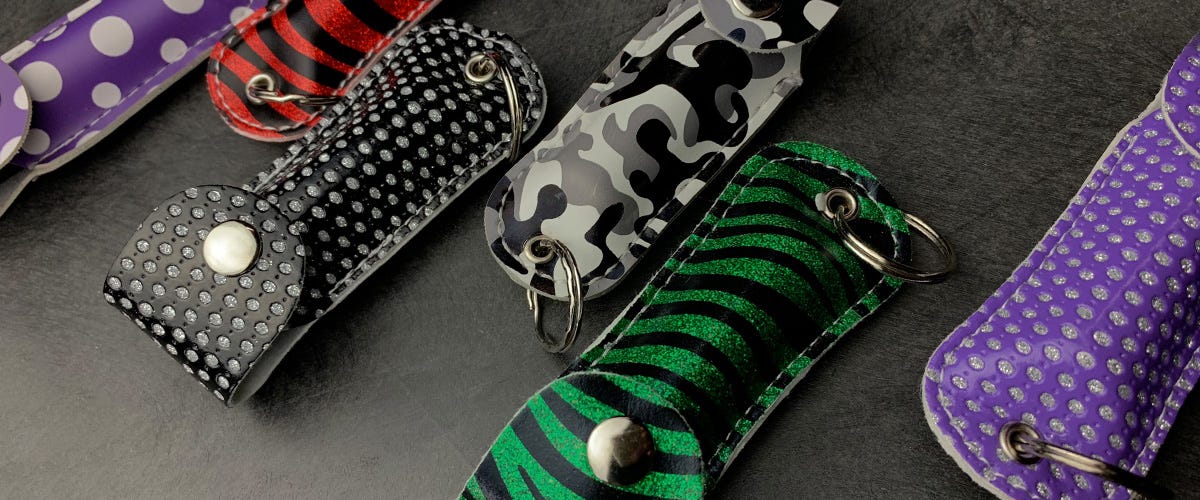
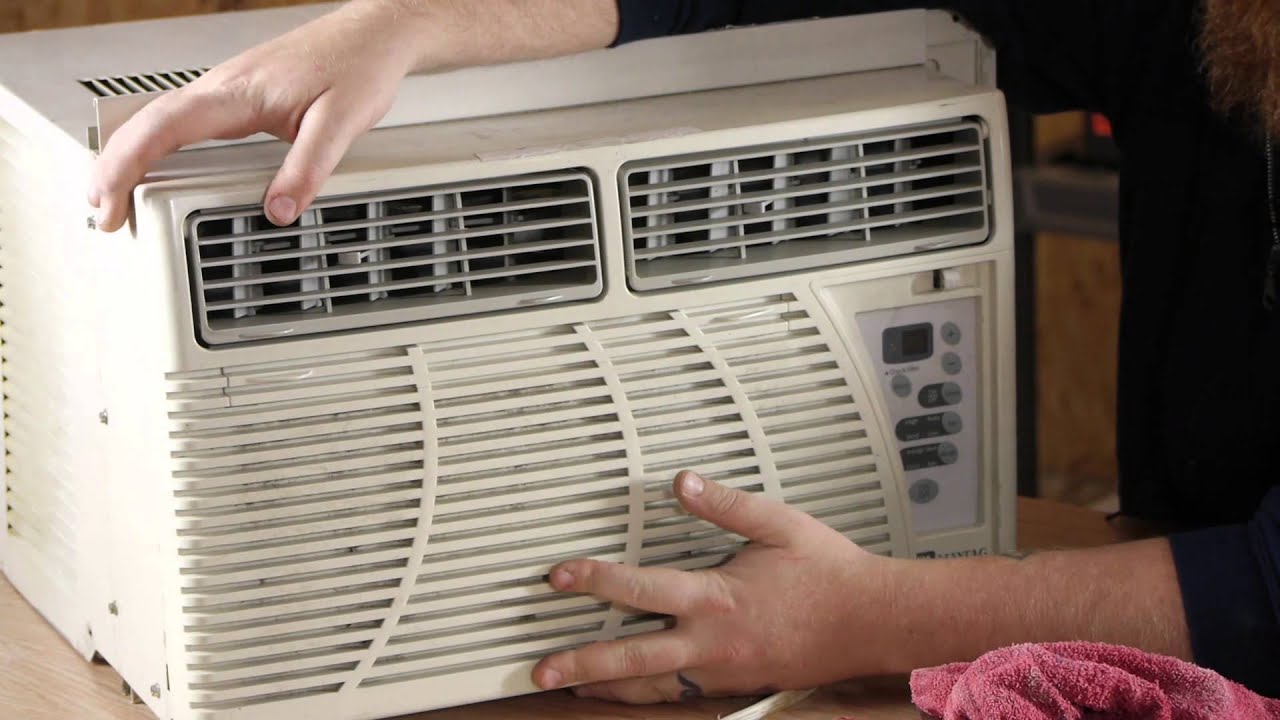
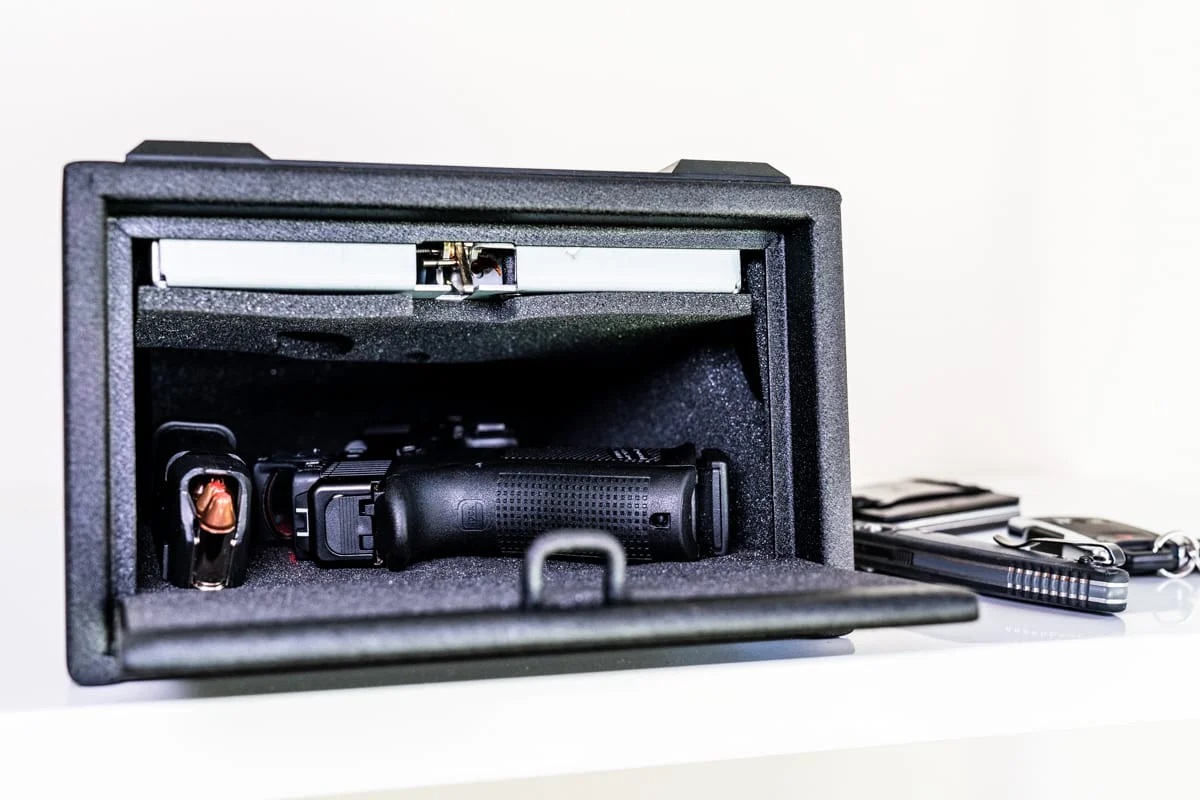
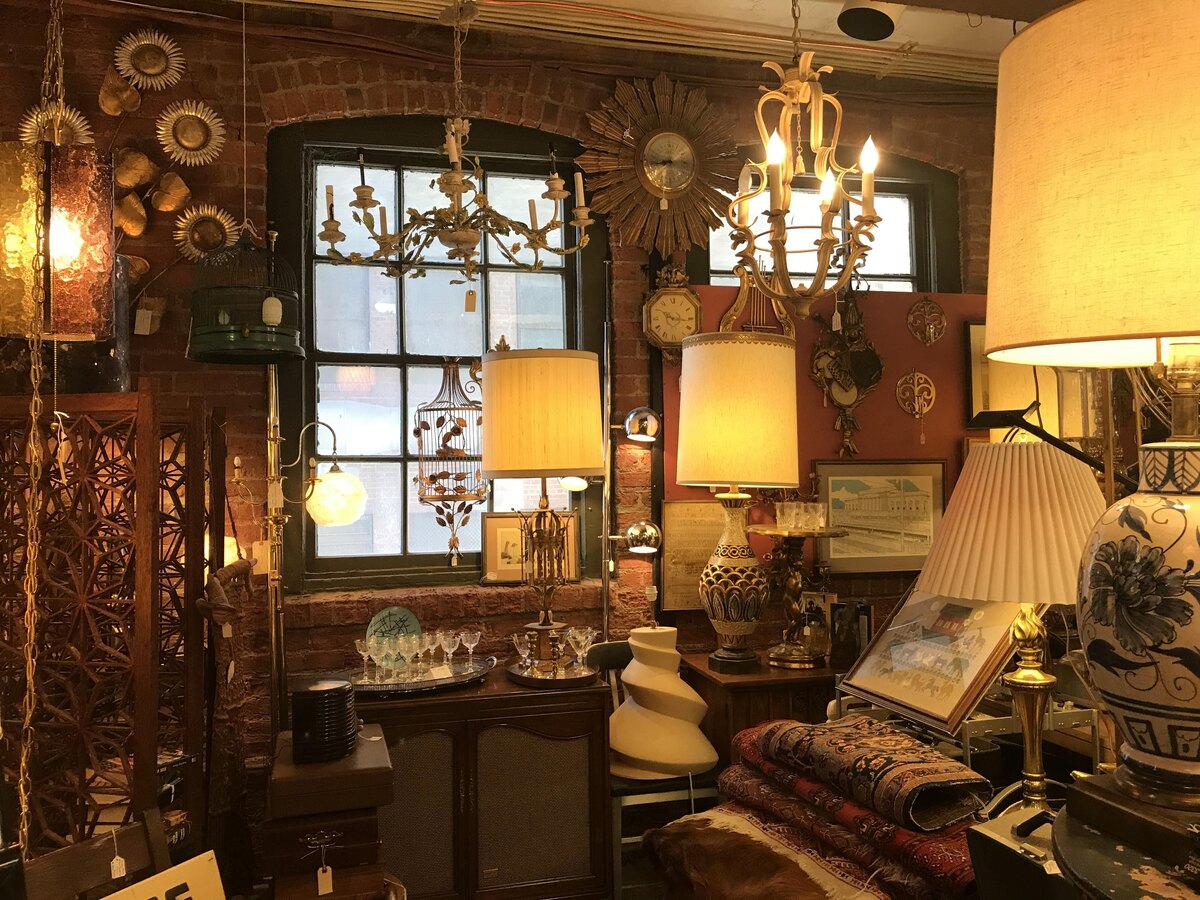
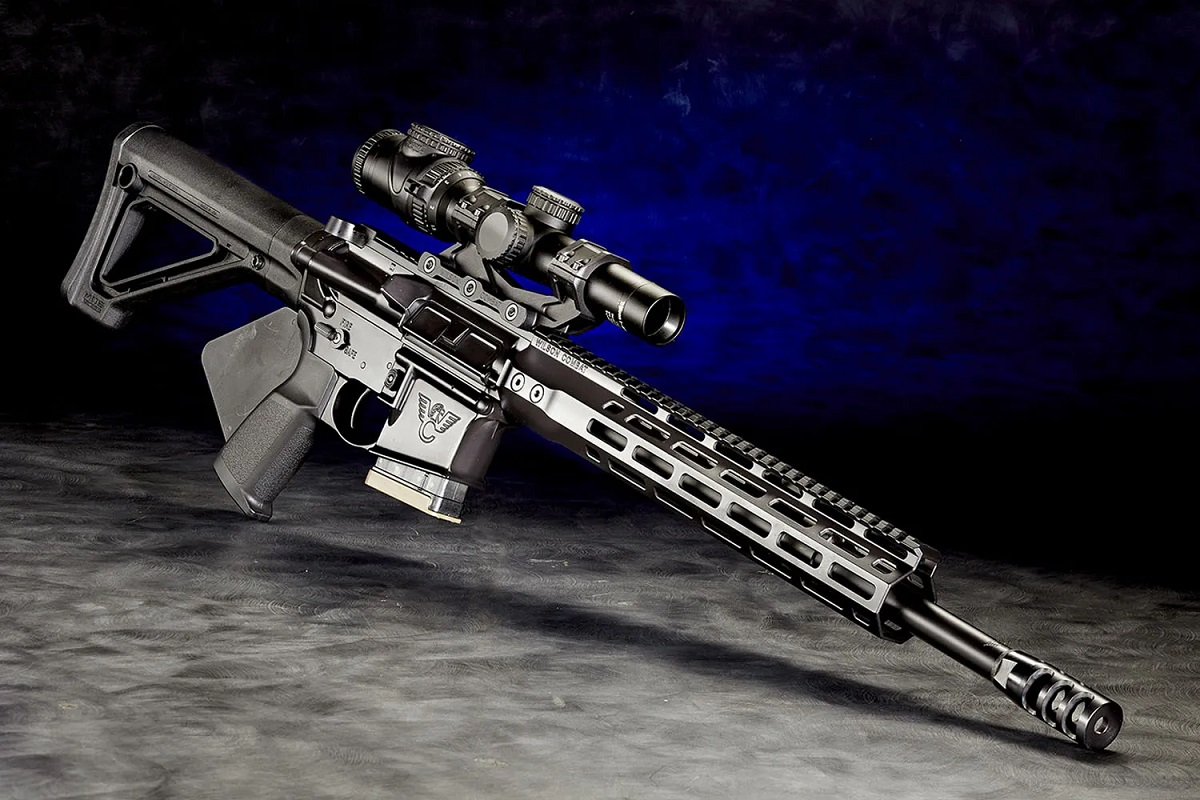
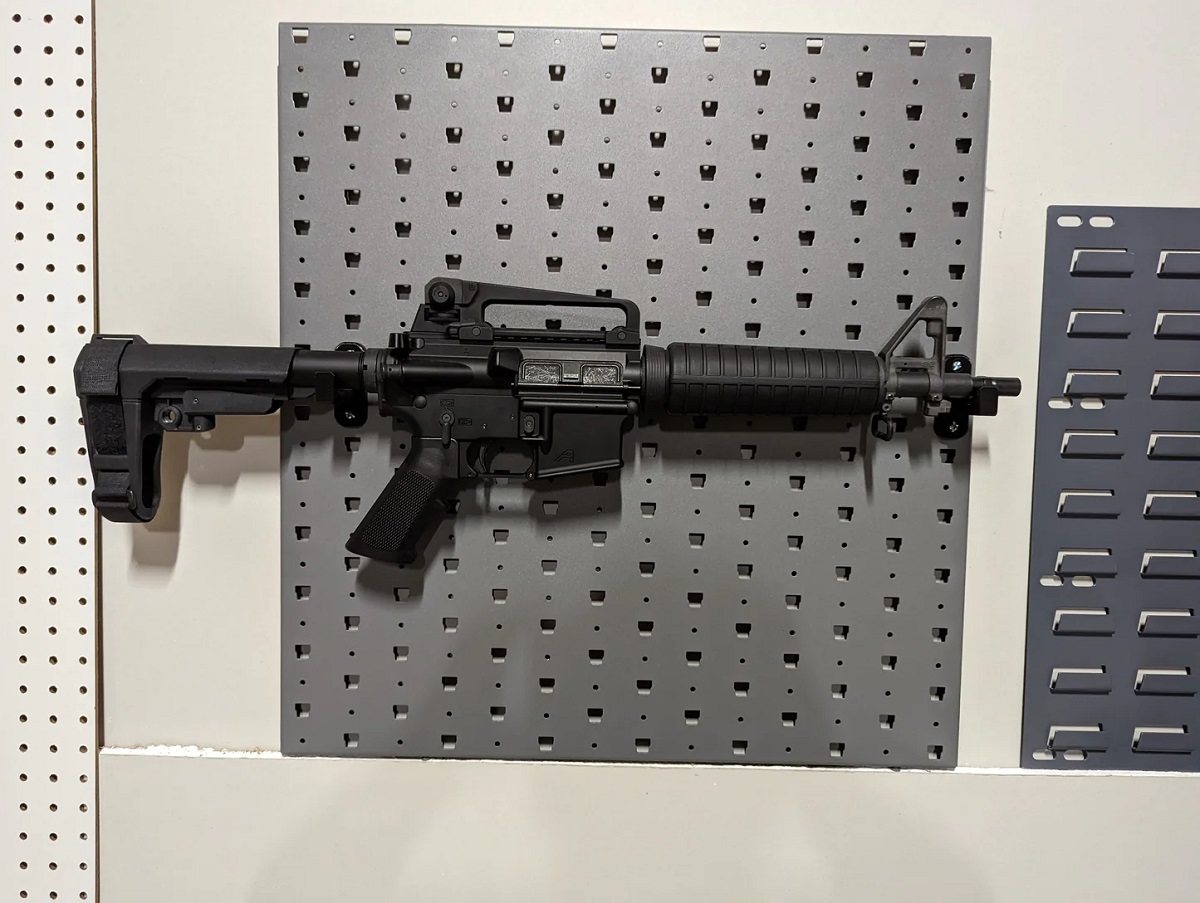
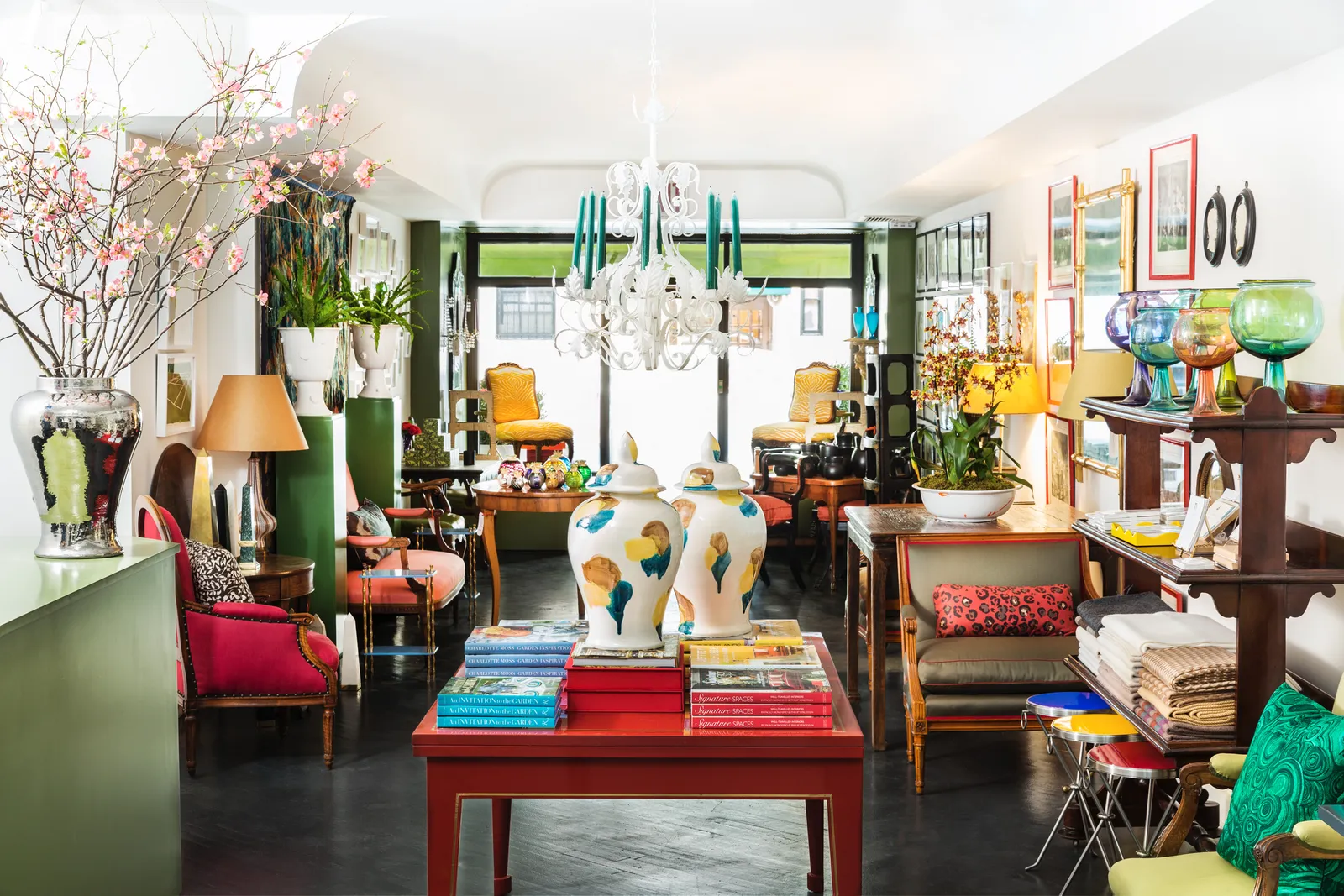
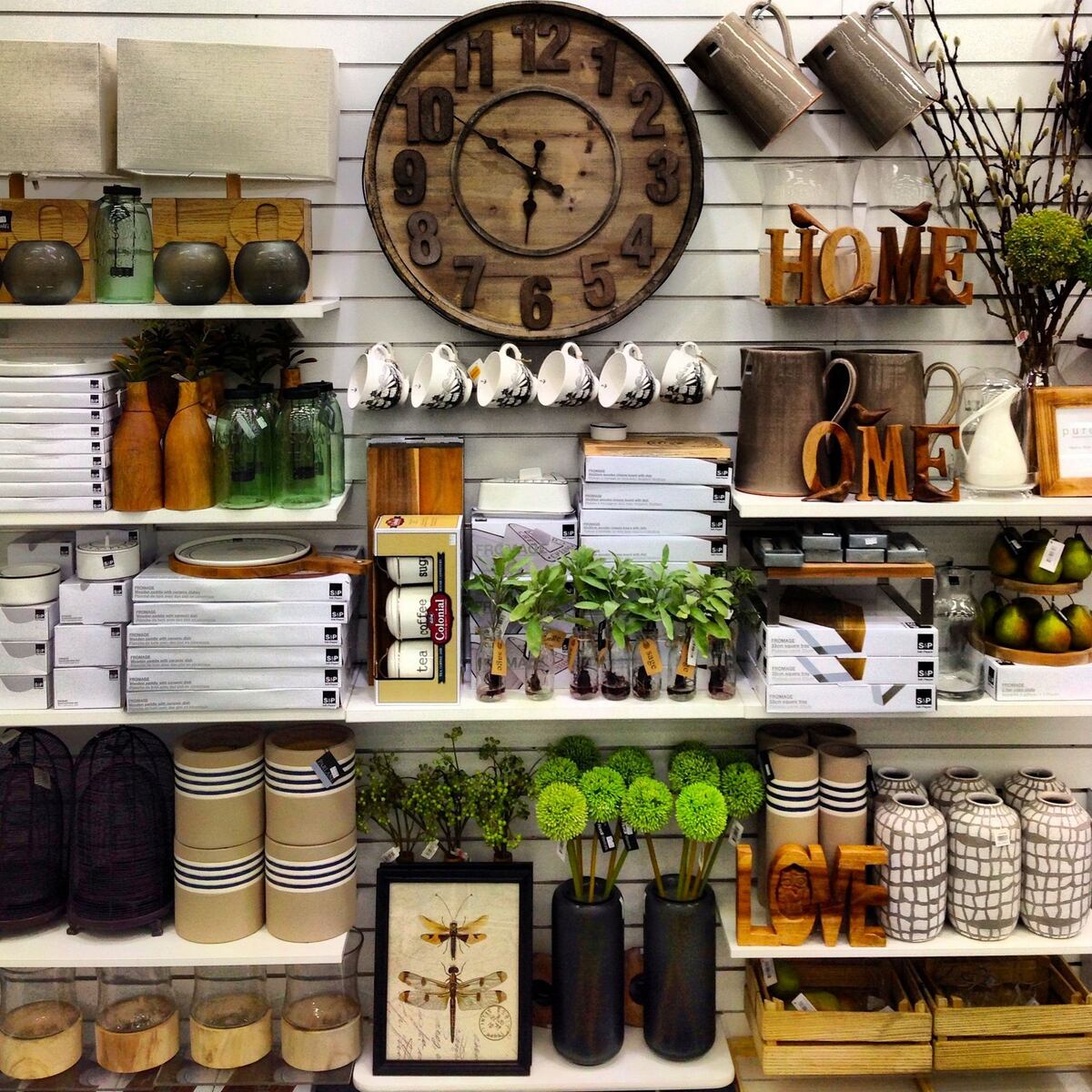
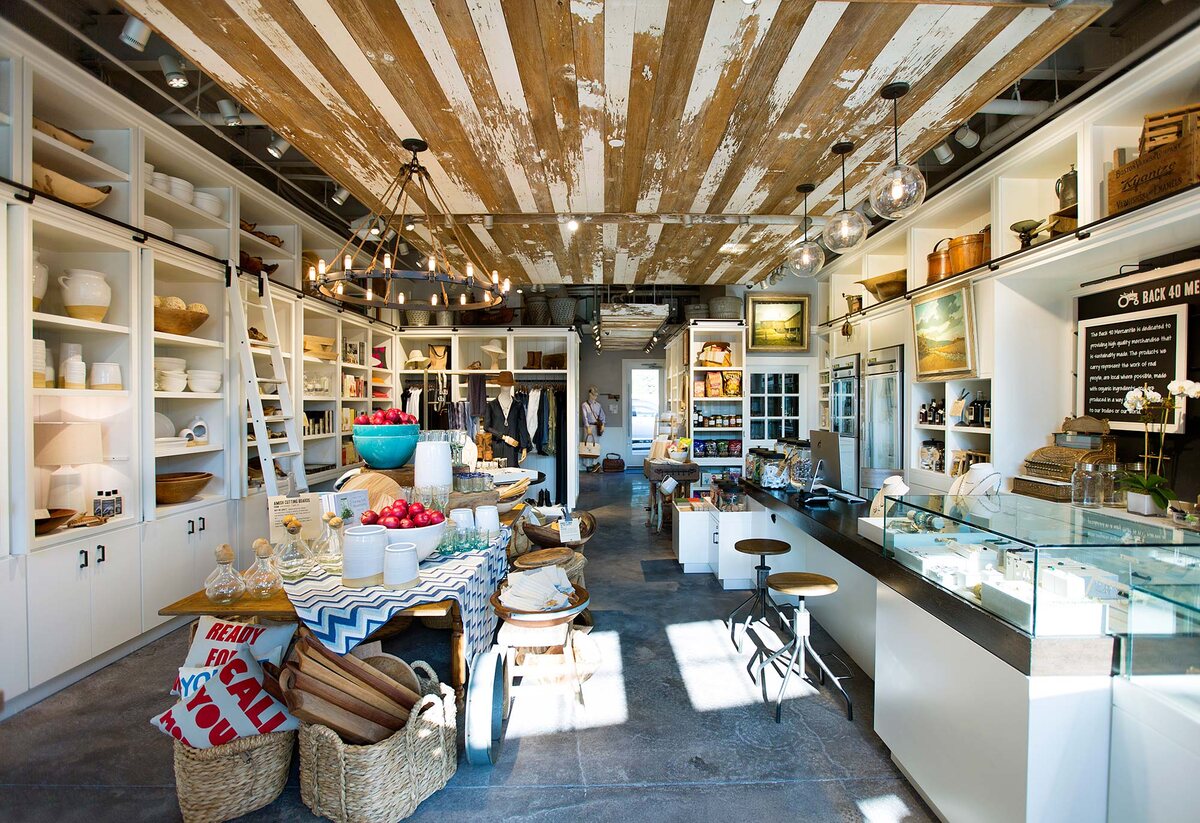
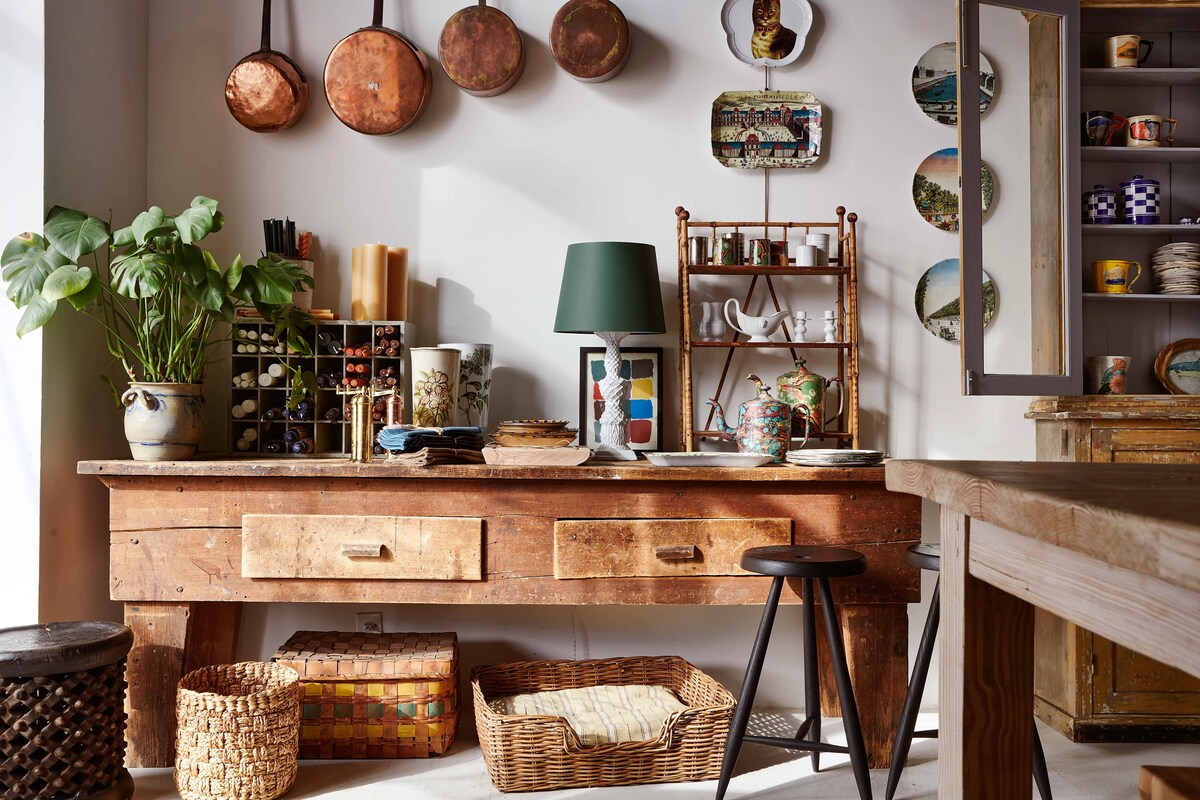
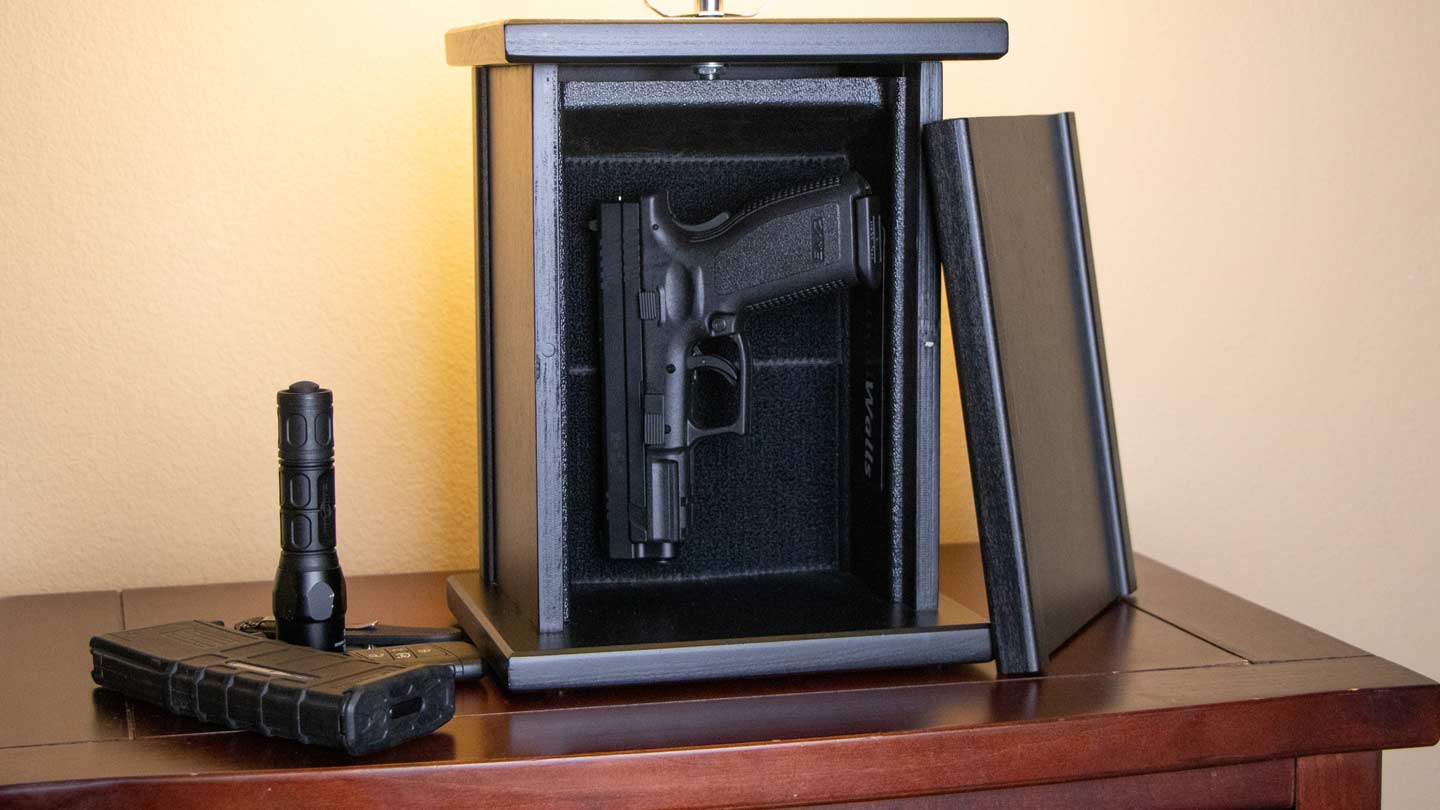
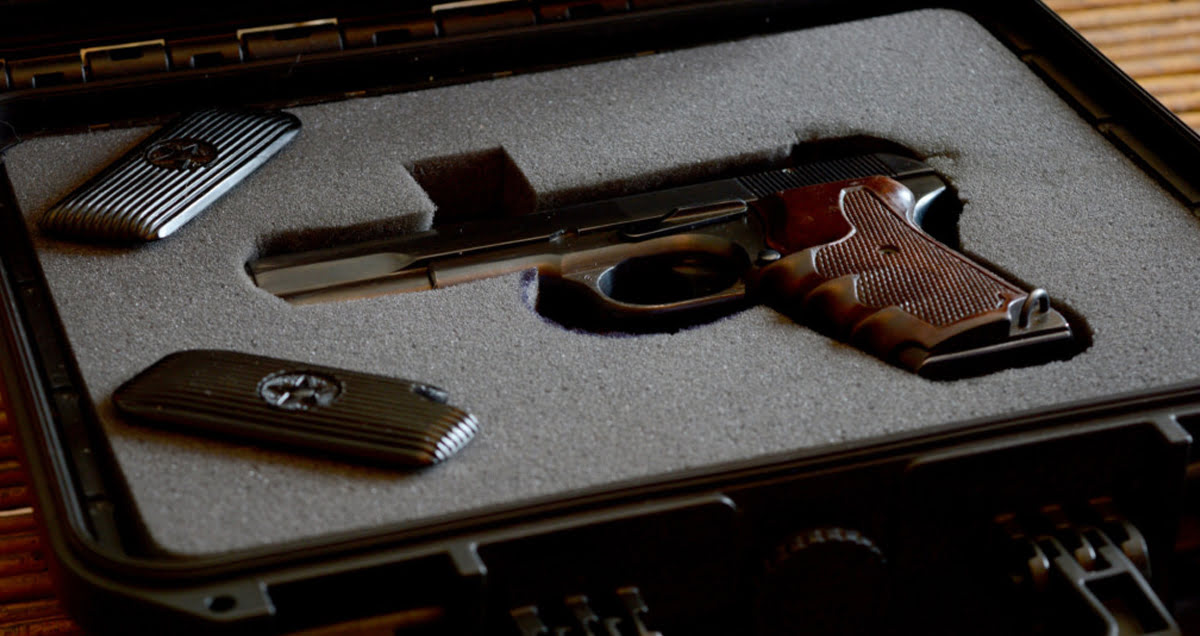
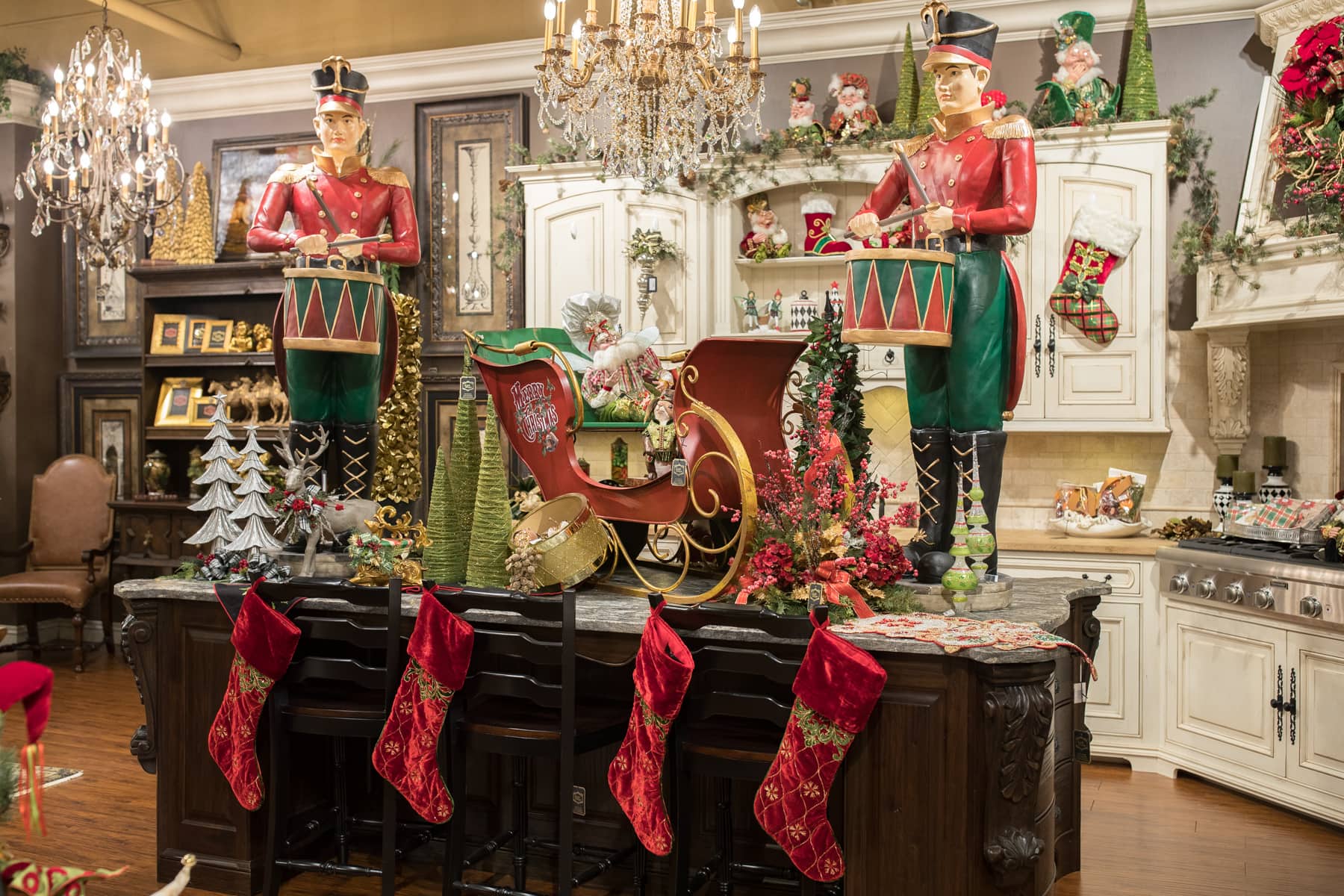

0 thoughts on “How To Store Pacifiers At Home”